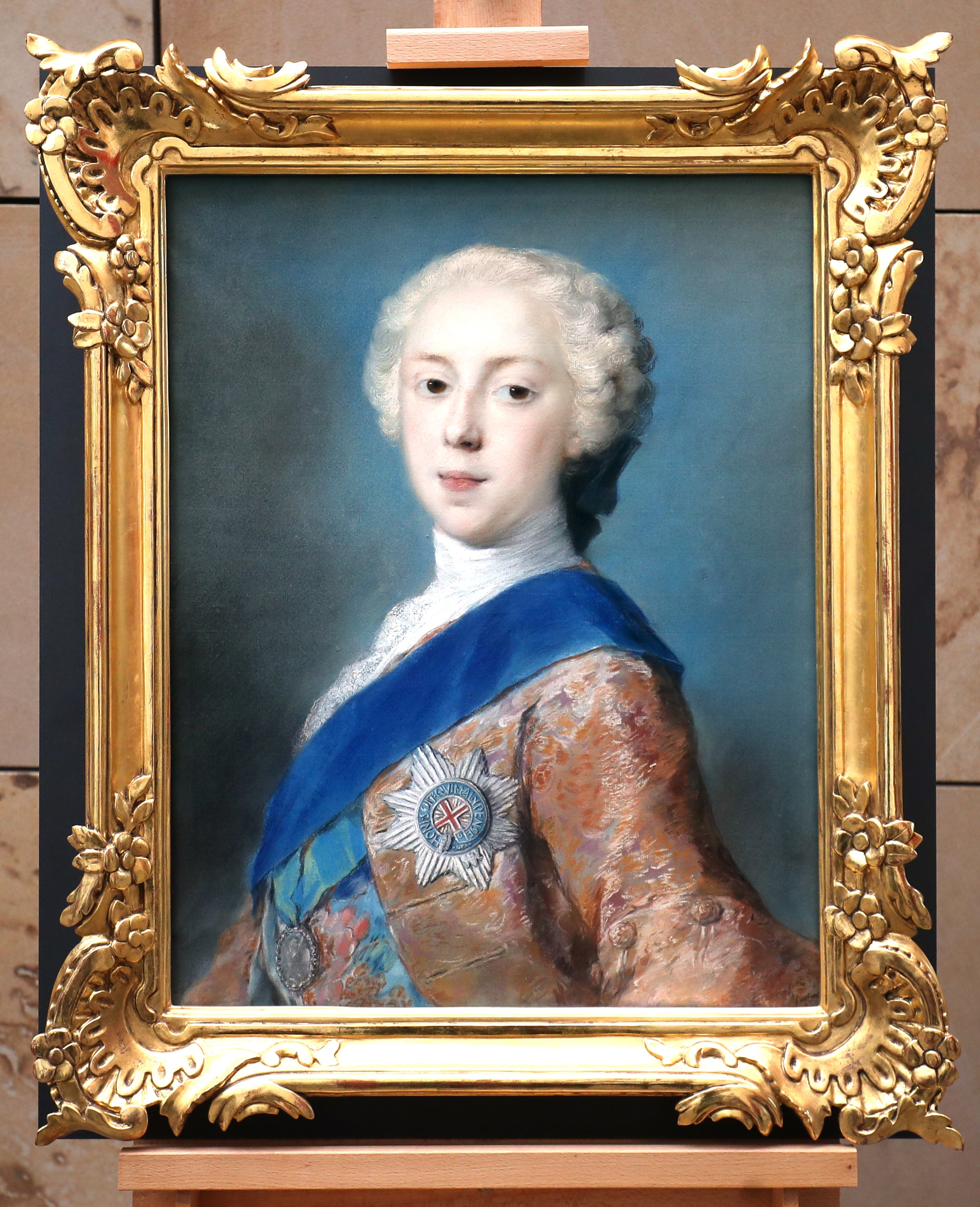
Charles III is the first King Charles since the 1600s and shares the official name with monarchs who reigned during one of the most turbulent periods in British history.
The new monarch chose to use his Christian name as his official name, as his mother did, breaking from royal tradition.
The reigns of father and son Charles I and Charles II spanned from 1625 to 1685 and saw the overthrow and restoration of the monarchy, the Great Fire of London, and the plague.

Charles I was the only British monarch to have been publicly tried and executed for treason, while Charles II – known as the Merry Monarch – spent many years in exile, fathering a dozen illegitimate children by numerous mistresses.
Charles II’s reign also featured the plague and the Great Fire of London.

Although Charles is Charles III, Bonnie Prince Charlie – The Young Pretender – was known to his supporters as Charles III.
Charles I was an unpopular king whose reign saw the temporary downfall of the monarchy and the establishment of an English republic before it was restored 11 years later.
Born in November 1660, Charles I moved to England from Scotland when his father, King James VI of Scotland, inherited the English throne in 1603.
He became heir apparent when his brother, Henry Frederick Prince of Wales, died at the age of 18 in 1612.
Charles I married Bourbon Princess Henrietta Maria of France in 1625 angered protestant religious groups.
He also argued with parliament, which wanted to curb his powers, while many subjects opposed his policies which included levying taxes without parliamentary consent.
Attempts to force the church of Scotland to adopt Anglican practices also led to religious conflicts, which in turn resulted in the strengthening of English and Scottish parliaments, helping to pave the way for his eventual downfall.
Charles I fought the armies of the English and Scottish parliaments but was defeated in 1645 and captured. After a brief period of escape, he was re-captured and executed in Whitehall in 1649 after being tried and convicted of high treason.
His son, Charles II was proclaimed King of Scotland upon the execution and attempted to reclaim England but was defeated by Oliver Cromwell at the Battle of Worcester in 1651 before fleeing to mainland Europe where he spent nine years in exile.
Following Oliver Cromwell’s death in 1658 and the resignation of his son, Richard, the following year, parliament proclaimed Charles II king and invited him to the return to England in 1660.
Five years later, Charles II fled London for Salisbury as the plague hit London, killing thousands.
The following year, in 1666, Charles II and his brother James joined and directed the firefighting effort during the Great Fire of London.
Charles had no legitimate children, but had 12 children by seven mistresses, leading to the nickname “Old Rowley”, the name of his favourite racehorse stallion.
The present Dukes of Buccleuch, Richmond, Grafton and St Albans descend from Charles, while Diana, Princess of Wales, was a descendent of two of Charles’s illegitimate sons – the Dukes of Grafton and Richmond.
Diana’s son, Prince William, Duke of Cornwall and Cambridge and heir to the British throne, could be the first British monarch descended from Charles II.







